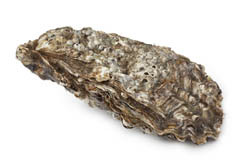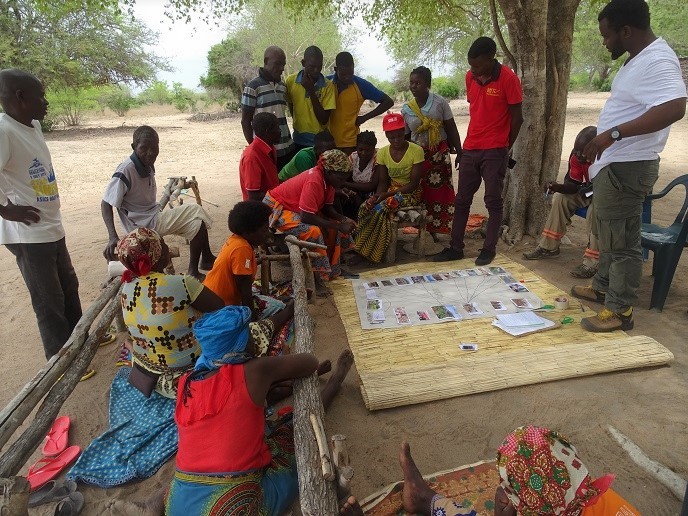Advancing evolutionary biology
PP — the ability of an organism to modify its traits in response to environmental changes — is pervasive in nature and may accelerate, hinder or have little effect on evolutionary change. Changes to an organism's characteristics include morphology, development, and biochemical or physiological properties and behaviour. To understand how PP may affect marine environments, the EU-funded 'Biological invasions in marine ecosystems – The role of phenotypic plasticity' (ALIEN SPECIES) project set out to investigate the Pacific oyster. The species was introduced to Scandinavian countries for commercial purposes about 40 years ago. The generated knowledge will be key to gaining further insights into the negative impacts and disruption of invasive or non-native species on habitats and bioregions. Another undesirable effect is genetic pollution, gene flow from invasive species to indigenous ones. Scientists examined what produces PP, its outcomes on the oyster in Sweden, evolution in snails and slugs, and the harm it causes as well as its limitations. When aquaculture operations were suspended, the oyster population was believed to have disappeared since the waters were not conducive to their survival. On the contrary, the oysters have thrived in Denmark, Norway and Sweden over the past 10 years. Research findings indicated that their traits had evolved, allowing the species to adapt to varying conditions. The oyster was a product of hardwired developmental processes together with external environmental factors. Scientists also examined how the oyster affected and transformed the animal life of the region and the marine ecosystem. The team assessed the features and benefits of two new methods that have been developed to study PP. In addition, it held a symposium that gathered PP experts from around the world. ALIEN SPECIES advanced knowledge of PP as a key mechanism in enabling organisms to cope with and respond to change. The importance of the outcomes will also be seen in the research domains of developmental biology, ecology and evolution.
Keywords
Phenotypic plasticity, genetic evolution, environmental changes, marine ecosystems, oyster







